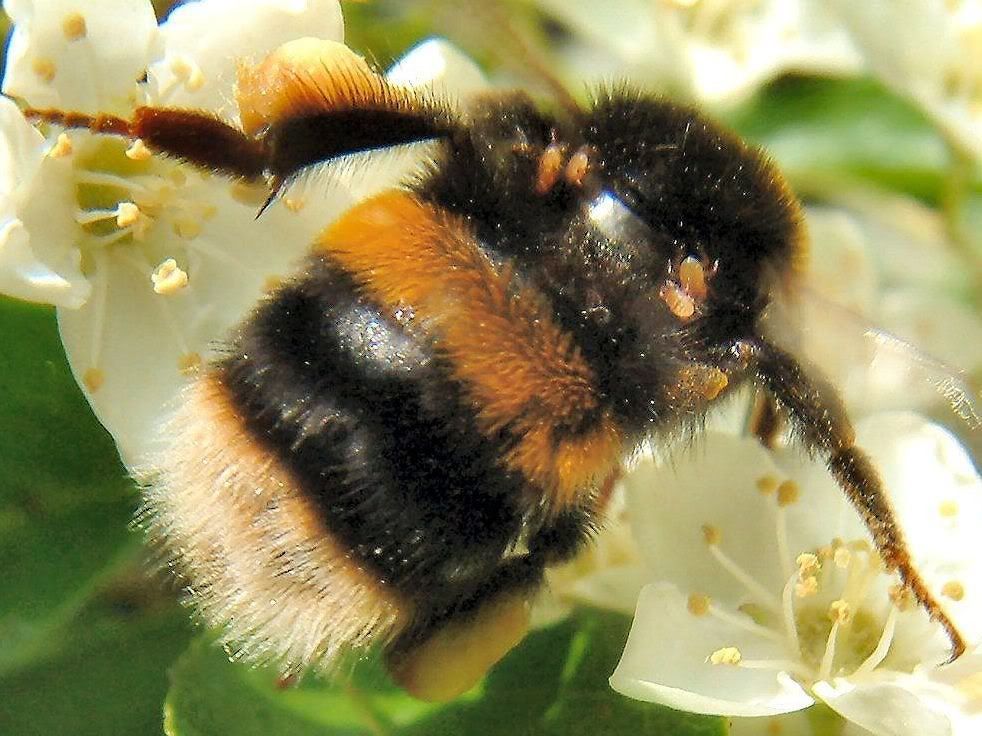- Joined
- Oct 4, 2010
- Messages
- 1,072
- Reaction score
- 81
- Location
- Mourne mountains
- Hive Type
- National
- Number of Hives
- 20+
i was down at my vegetable patch yesterday when a massive queen bumble bee came over to say hello,she kept coming back and landing on or near a white bucket then a piece of blue plastic,was she seeing the colour and thinking it was flowers???
she then landed on the grass and i was able to get right down beside her and that was when i notied that between her thorax and adormen was covered with hundreds of tiny white louse or mites,they were in under her wings also,
any idea what they were and do they do them any harm??
Darren
she then landed on the grass and i was able to get right down beside her and that was when i notied that between her thorax and adormen was covered with hundreds of tiny white louse or mites,they were in under her wings also,
any idea what they were and do they do them any harm??
Darren




